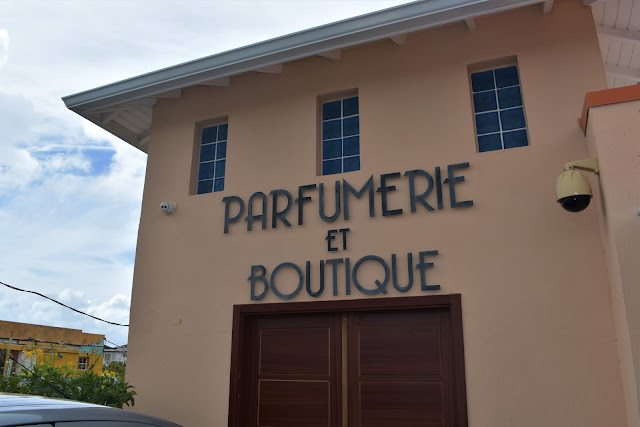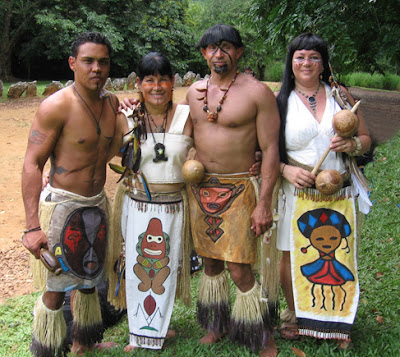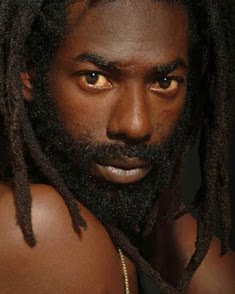Mayan Massage Experience
I am not a massage person. I get antsy laying still for the process and frankly, strangers touching me is not my favorite thing. But the chance to experience traditional Mayan massage in Mexico changed my mind. The natural rituals of the Maya are fascinating to me so I jumped at the chance to view this culture from another perspective. The hallmarks of the traditional massage, called Hunab Ku, are the ocarina wind instrument, copal plant leaves, flowers and balche bark, pictured above.
Barbara was the lovely masseuse who escorted me through the ritual. The beginning of the treatment starts with the Mayan chant, "Tene u susilem/Tene u ya cuma/Tene u dzimodo/Tene u kmac a holalem," which translates to "I am the light/ I am the peace/ I am the love/ I am the harmony." Mayan massage is noted for its deep tissue technique, especially around the abdominal area. Barbara stretched my arms and massaged my shoulder blades to release tension before she started.
The sacred balche tree plays a significant role in Mayan rituals. The bark of the balche tree is traditionally mixed with fermented honey to produce a ceremonial drink but for my massage, Barbara mixed the pounded balche bark above, with flowers and honey and slathered it on my body. It felt tingly. Traditionally, copal is burned but it's so strong that the spa substitutes Nag Champa instead. She vigorously massaged my toes, fingers, face and body. I drifted off as Barbara blew the ocarina at the end of the massage and the soothing tones filled the room. After what seemed like an hour but must have been 20 minutes of the 80 minute massage, she gently wiped the balche off my feet and legs and helped me into the shower.
My skin was unbelievably soft and supple from the treatment, no lotion necessary. She guided me to the relaxation room, where I lounged on a chaise and sipped chilled cucumber and lemon water and green tea with lotus and lemongrass. The spa therapists at the Marriott Cancun Resort & Spa train with Mayan elders to learn the traditional techniques. They support the communities by buying the traditional ingredients and tools as well as promoting these ancient rituals, which I think is an important part of cultural travel.
Follow my blog with Bloglovin







Comments
Many thanks.
Greetings from London.